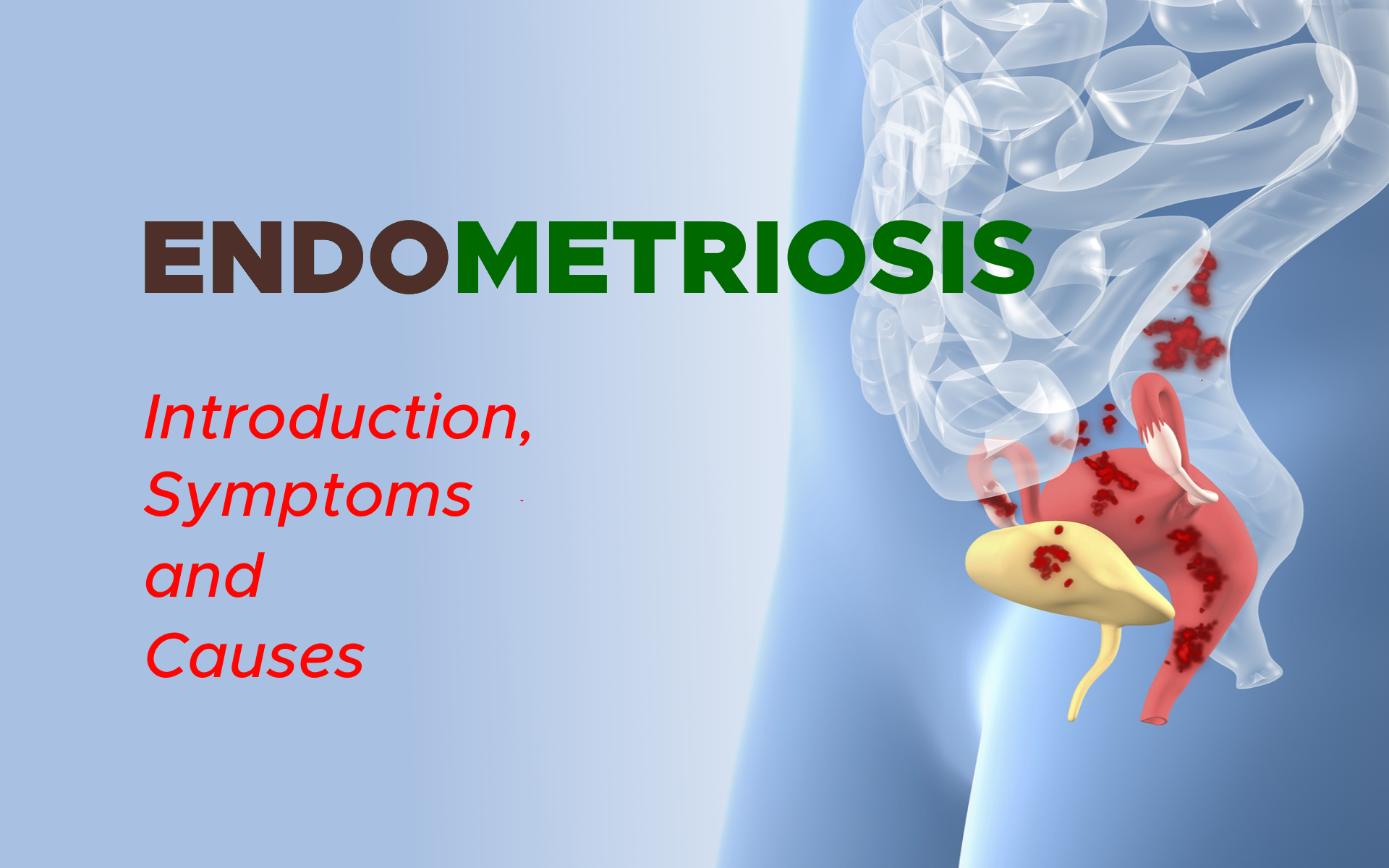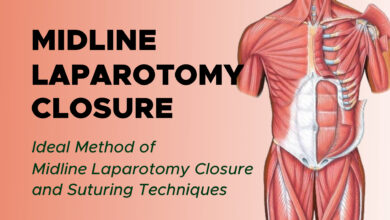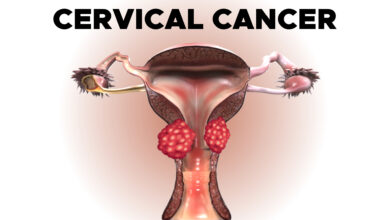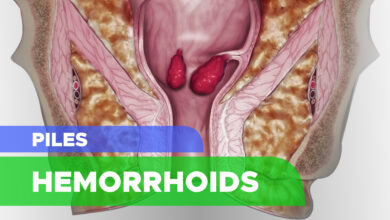
Endometriosis: Introduction, Symptoms and Causes
Endometriosis is most commonly diagnosed in women in their 30s and 40s. But it can affect any female who menstruates.
About Endometriosis
Endometriosis affects an estimated 176 million women worldwide regardless of their ethnic and social background. Many remain undiagnosed and are therefore not treated. Endometriosis is a condition where tissue similar to the lining of the uterus (the endometrial stroma and glands, which should only be located inside the uterus) is found elsewhere in the body.
It is generally acknowledged that an estimated 10% of all women during their reproductive years (from the onset of menstruation to menopause) are affected by endometriosis. This equates to 176 million women throughout the world, who have to deal with the symptoms of endometriosis during the prime years of their lives.
Endometriosis lesions can be found anywhere in the pelvic cavity:
- on the ovaries
- the fallopian tubes
- on the pelvic side-wall (peritoneum)
- the uterosacral ligaments,
- the cul-de-sac,
- the Pouch of Douglas
- the rectal-vaginal septum
In addition, it can be found in:
- caesarian-section scars
- laparoscopy/laparotomy scars
- on the bladder
- on the bowel
- on the intestines, colon, appendix, and rectum.
But these locations are not so common. In even more rare cases, endometriosis has been found inside the vagina, inside the bladder, on the skin, in the lung, spine, and brain.
Symptoms
The most common symptom of endometriosis is pelvic pain.

The pain often correlates to the menstrual cycle, but a woman with endometriosis may also experience pain that doesn’t correlate to her cycle – this is what makes this disease/condition so unpredictable and frustrating.
For many women, the pain of endometriosis is so severe and debilitating that it impacts their lives in significant ways.
Endometriosis can also cause scar tissue and adhesions to develop that can distort a woman’s internal anatomy. In advanced stages, internal organs may fuse together, causing a condition known as a “frozen pelvis.” This is not common, but it does happen.
It is estimated that 30-40% of women with endometriosis may not be able to have children (if you suspect you suffer from infertility, please see our section on endometriosis and infertility).
If you, or someone you care about, has endometriosis, it is important to research the disease as much as possible. Many myths and misconceptions about endometriosis still persist, even in the medical literature.
Management of this disease may be a long-term process. Therefore, it is important to educate yourself, take the time to find a doctor, and consider joining a local support group.
Pain may be felt:
- before/during/after menstruation
- during ovulation
- in the bowel during menstruation
- when passing urine
- during or after sexual intercourse
- in the lower back region
Other symptoms may include:
- diarrhoea or constipation (in particular in connection with menstruation)
- abdominal bloating (in particular in connection with menstruation)
- heavy or irregular bleeding
- fatigue
The other well known symptom associated with endometriosis is infertility. It is estimated that 30-40% of women with endometriosis are subfertile.
Causes
There are different hypotheses as to what causes endometriosis. Unfortunately, none of these theories have ever been entirely proven, nor do they fully explain all the mechanisms associated with the development of the disease.
Thus, the cause of endometriosis remains unknown.
Most scientists working in the field of endometriosis do agree, however, that endometriosis is exacerbated by estrogen. Subsequently, most of the current treatments for endometriosis attempt to temper estrogen production in a woman’s body in order to relieve her of symptoms.
At the moment there are no treatments, which fully cure endometriosis.
Several theories have become more accepted, and reality is that it may be a combination of factors, which make some women develop endometriosis.
1. Metaplasia
Metaplasia means to change from one normal type of tissue to another normal type of tissue. It has been proposed by some that endometrial tissue has the ability in some cases to replace other types of tissues outside the uterus.
Some researchers believe this happens in the embryo, when the uterus is first forming. Others believe that some adult cells retain the ability they had in the embryonic stage to transform into reproductive tissue.
2. Retrograde Menstruation
This theory was promoted by Dr John Sampson in the 1920s. He surmised that menstrual tissue flows backwards through the fallopian tubes (called “retrograde flow”) and deposits on the pelvic organs where it seeds and grows.

However, there is little evidence that endometrial cells can actually attach to women’s pelvic organs and grow. Years later, researchers found that 90% of women have retrograde flow.
But since most women don’t develop endometriosis, some doctors have concluded that something else (perhaps an immune system problem or hormonal dysfunction) may be the trigger for endometriosis.
The Retrograde Menstruation Theory also doesn’t explain how endometriosis develops in women who’ve had a hysterectomy or a tubal ligation nor why, in rare cases, men have developed endometriosis when they’ve been treated with oestrogen after prostate surgery.
3. Genetic Disposition
It has been demonstrated that first-degree relatives of women with this disease are more likely to develop endometriosis. And when there is a hereditary link, the disease tends to be worse in the next generation.
There are ongoing worldwide studies investigating the blood samples from sisters with endometriosis in hopes of isolating an endometriosis gene.
This is what we know so far about genetics:
- Significant evidence of one or more susceptibility loci for endometriosis with near-Mendelian inheritance on chromosome 7p13-15
- Researchers identify one gene’s critical role in the human embryo implantation process
- First report of linkage to a major locus for endometriosis
- Genome-wide association study identifies variations in the DNA of women that predispose them to developing endometriosis
4. Lymphatic or Vascular Distribution
Endometrial fragments may travel through blood vessels or the lymphatic system to other parts of the body. This may explain how endometriosis ends up in distant sites, such as the lung, brain, skin, or eye.
5. Immune System Dysfunction
Some women with endometriosis appear to display certain immunologic defects or dysfunctions. Whether this is a cause or effect of the disease remains unknown.
6. Environmental Influences
Some studies have pointed to environmental factors as contributors to the development of endometriosis, specifically related to the way toxins in the environment have an effect on the reproductive hormones and immune system response, though this theory has not been proven and remains controversial.



